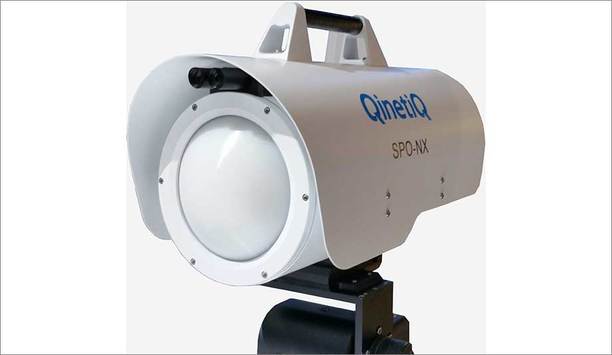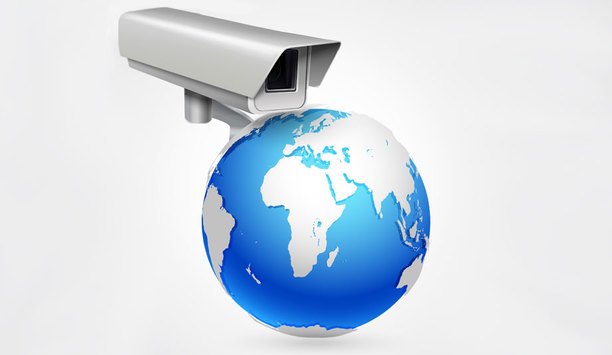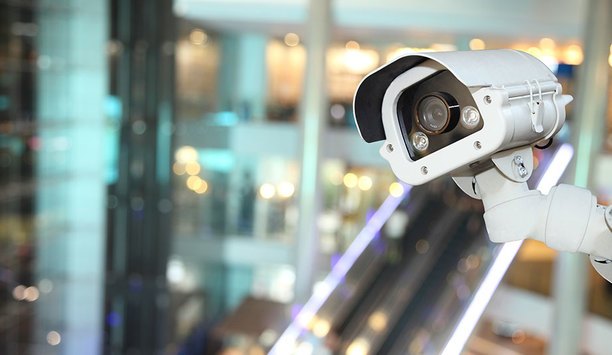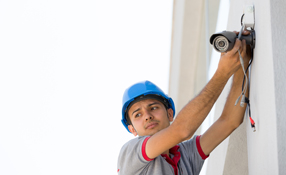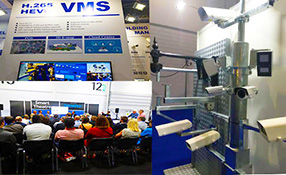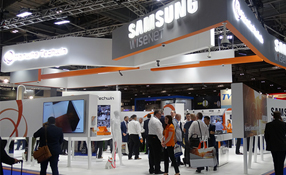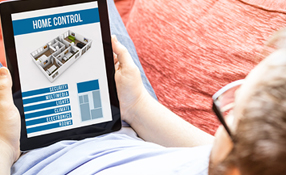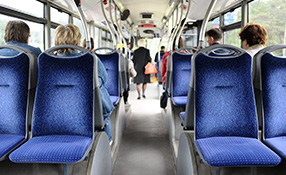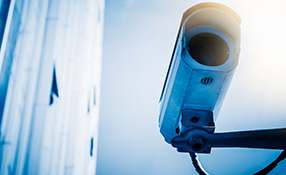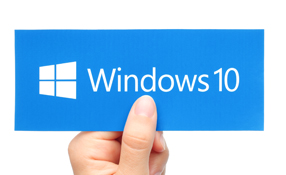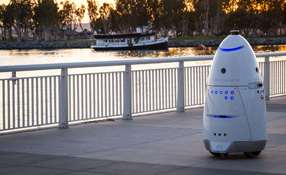It’s become a hot topic lately, but what are the real prospects for the smart home and home automation market? More specifically, what role can the security industry play in what is seen as a growth area?
Earlier this year, IFSEC International in London saw the launch of a new home automation zone featuring a replica smart home, showcasing a range of interconnected devices such as intruder alarms, CCTV, biometric readers, door entry solutions and locks, as well as wireless control of blinds, lighting and heating, and 4K video and audio distribution.
But despite the market entry of some big names such as Google’s Nest, Apple’s HomeKit, and telecommunications giants AT&T and Deutsche Telekom, are we really on the threshold of a home automation revolution?
Not quite, according to market intelligence firm Ovum. It says growth is still limited to certain niche segments – mainly the higher end of the market and early adopters of technology. Michael Philpott, Senior Practice Leader, Consumer Services at Ovum says one of the main drivers is basic product lifecycles – if you are having a new boiler and thermostat fitted, why not get the latest ‘smart’ version? “What the market has failed to do is convince the mass-market that smart technology provides enough benefit to stimulate a purchase outside of the normal cycle.”
Security And Privacy
There are other reasons for the measured growth in home automation. Key inhibitors to rapid growth include technology fragmentation, a lack of adequate security, products too complicated to use or install, a lack of consumer trust and concerns over reliability. “Many of the products on the market today have inadequate security and provide easy targets for hackers, not just to gain access to those devices, but the connected home in general,” says Philpott. “Privacy of data is the next [concern]. To maximize the potential of the smart home, consumers will be asked to share an increasing amount of data and personal information. Keeping control of who can access that data, however, will be essential in order to retain consumer trust.”
In spite of these hurdles, Ovum sees the smart home market growing quite strongly, with worldwide revenues rising from $19 billion in 2016 to $76 billion by 2020. Breaking down that 2016 figure, connected home support accounts for around $3.6 billion, home automation is just $162 million, home security/monitoring is at $2.7 billion, and smart energy at $1.2 billion.
 |
| Products like Google Nest and Sonos are making everyone aware of the benefits of smart technology and whole-house solutions |
So why are telecommunications companies such as AT&T and Deutsche Telekom active in the market, or at least preparing to be? “Telcos are looking for new revenue streams beyond broadband access,” says Philpott. “Operators believe that over time the smart home market will be significant and believe [that] as the owners of the networks, as well as having existing customer relations with millions of consumers, they are well positioned to play a part in the smart home.”
Security Industry Role
In terms of a service which can attract recurring revenue, the security industry can play a pivotal role in the smart home market. “Recurring revenues from home automation services are harder to develop outside of home security, where customers are already used to paying a monthly fee for a security monitoring service,” says Philpott. “There are other potential and interesting business models being explored, however, that could become significant over time. These include things like new home insurance models, appliance-as-a-service and household goods replenishment.”
Does this mean the home automation market is about to take off? “One of the big mistakes many make is that they assume – based on some of the hype and big market investments – that the smart home market is set to explode,” he says. “This is not the case – growth is going to be slow and steady. Everyone needs to be realistic about that, rather than expecting some rapid ramp up simply because some big names have entered the market.”
"Operators believe that over time |
Surprisingly for what has historically been something of a grudge purchase, in the context of home automation security is seen as a solution some consumers are willing to pay for. “There is a lot of interest around home security as it is something that a certain segment of the market is willing to pay for,” says Philpott. “Everyone wants to feel safe in their homes, but that doesn’t mean everyone feels the need to invest in an electronic alarm or monitoring system. The trick therefore is to expand outside the traditional home alarm market. Other products can be monetized, but the industry needs to be more innovative in developing the business model. For example, very few people will pay $100 for a flood sensor, but they may consider installing one if it meant they somehow reduced their home insurance premiums.”
High End Sees Growth
But what’s the view from the sharp end of the market? Installation company Cyberhomes works predominantly in the high-end residential market in the UK and has seen steady growth over the last few years. As one of the firm’s directors, Andy Mack, says: “There is an increased expectation that properties of £4m value or greater will have a centralized control system for lighting, heating, AV and security. Once these systems are integrated it allows a wide range of automation options to be programmed, such as turning on lights when an intruder alarm is triggered.”
Mack says an increased awareness among project designers and specifiers is a key driver. “At the high-end, architects and interior designers are more aware of the need to integrate home technology and the importance of having it professionally installed; whereas at the entry level, products like Google Nest and Sonos are making everyone aware of the benefits of smart technology and whole-house solutions.”
But who is likely to benefit from the spoils of the smart home – companies like Cyberhomes or security integrators? “Many home automation specialists, Cyberhomes included, will work closely with security integrators in order to provide a seamless solution for the home owner. Security companies like Co-ordinated, who we partner with on many projects, are aware of what can be achieved by integrating intruder alarms and fire detection into a home control system; but they leave the specialist programming to us.”
 |
| The lack of customer knowledge hinders the uptake of smart home technology, but that is improving |
Market Threats
The lack of customer knowledge hinders the uptake of smart home technology, but that is improving as more people understand what integrated smart home technology is capable of. As for the other threats to its adoption, Mack says: “A home automation company should be involved with the network infrastructure of a property and will ‘lock down’ as many security risks as possible. A well-designed and well-installed smart home should be extremely reliable. We are often called in to try and solve problems with an existing smart home system installed by someone else, and it is usually a poor installation that is causing many of the unreliability issues, rather than the equipment itself.”
Is a fragmented market with differing technology and standards putting off potential customers? “Not in the high-end sector, as it is the responsibility of the home automation company to specify only products that they know will work correctly with the control system being installed – this can incorporate a surprisingly wide range of third-party equipment from a large number of manufacturers."
“For entry level customers, there are a number of competing standards around and this can cause confusion and also limit the useful lifetime of any chosen solution. Companies like Apple are trying to simplify this with technologies like HomeKit, but that is taking a while to get any traction in the market.”



